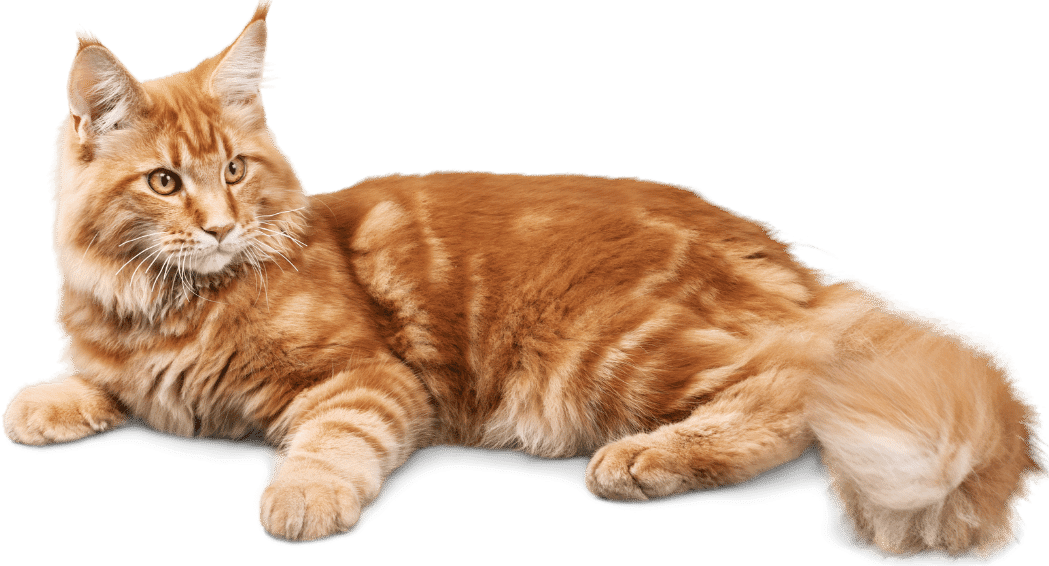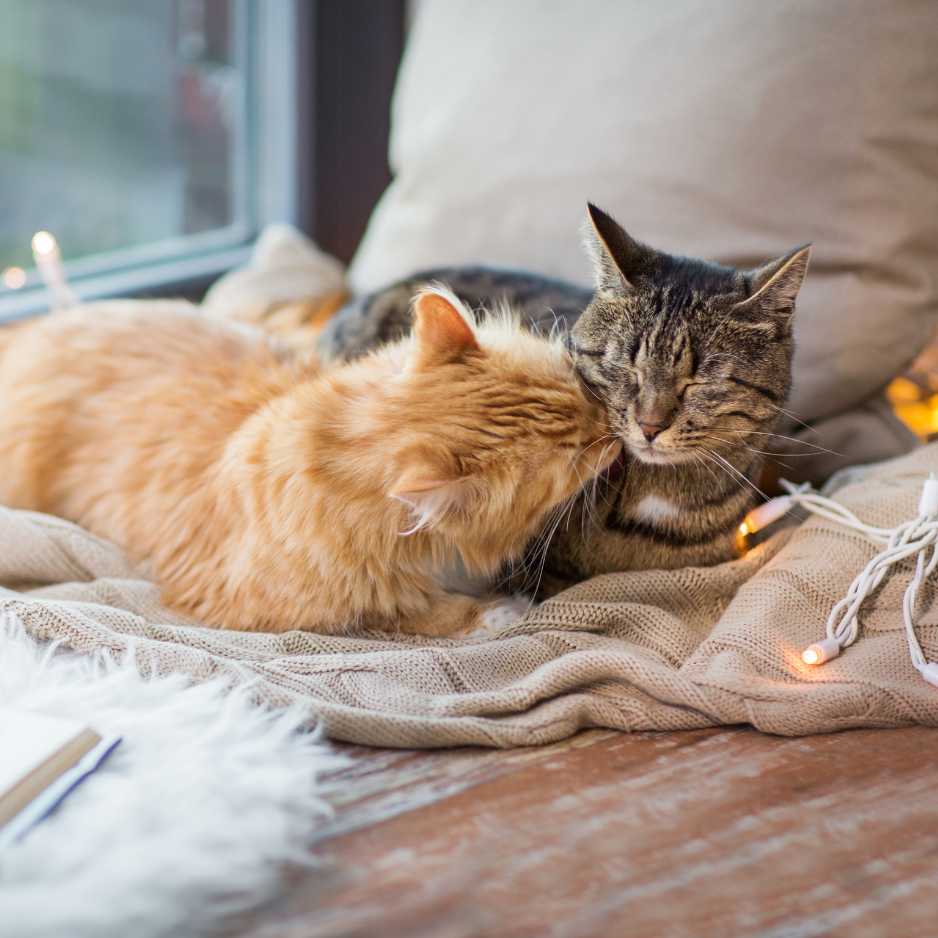Winter can be a challenging time for both indoor and outdoor cats. The cold weather brings unique risks, and cats—just like dogs and humans—need extra care to stay comfortable and healthy. Whether your feline friend spends most of their time indoors or ventures outside, it’s essential to take proactive steps to protect them from the harsh elements. In this blog, we’ll explore practical tips for keeping your cat safe, warm, and healthy during the colder months.
Understanding Winter Risks for Cats
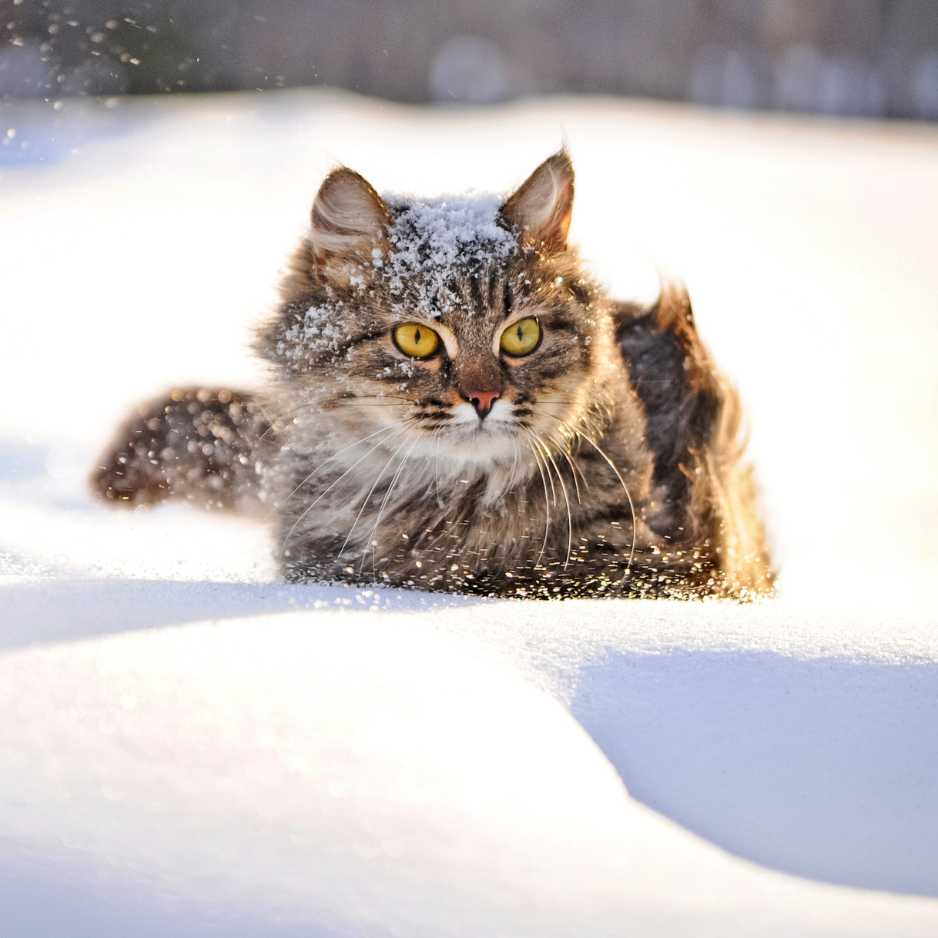
Cats are known for their independence, but winter presents risks that even the most resilient felines can’t ignore. Here are some common winter hazards:
- Cold Weather: Cats are susceptible to cold weather, especially those with short fur or underlying health conditions. Prolonged exposure to freezing temperatures can lead to hypothermia and frostbite, particularly for outdoor cats.
- Hypothermia and Frostbite: Hypothermia occurs when a cat’s body temperature drops dangerously low. Frostbite can affect extremities like ears, paws, and tails. If your cat spends time outdoors, it’s crucial to limit their exposure to freezing temperatures.
- Shelter Seeking: Outdoor cats may seek warmth in dangerous places, such as under car hoods, where they could be injured when the car starts. Always check for cats before starting your vehicle during cold weather.
Winter Gear for Cats
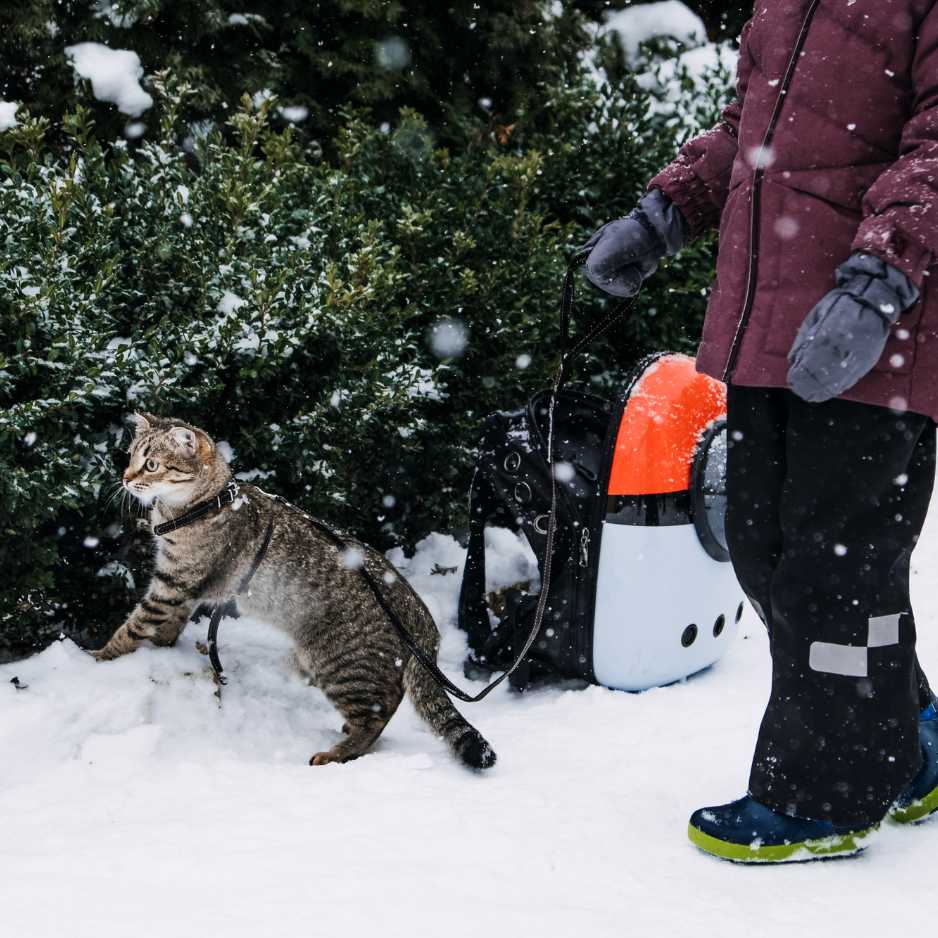
While many cats naturally handle cold weather better than others, providing additional protection can make a big difference:
- Cat Sweaters: For short-haired or elderly cats, consider using a soft cat sweater to provide extra warmth, especially if you live in a colder climate or have drafty indoor spaces.
- Outdoor Cat Shelters: If you care for an outdoor or feral cat, provide a warm shelter to protect them from the cold. You can purchase insulated cat houses or create one with materials like straw and a sturdy plastic container.
- Heated Beds and Blankets: Heated pet beds or thermal blankets can offer a cozy and safe space for indoor cats to snuggle up in during the coldest months. These are especially beneficial for older cats or those with arthritis, as warmth can relieve joint stiffness.
Tips for Keeping Indoor Cats Warm
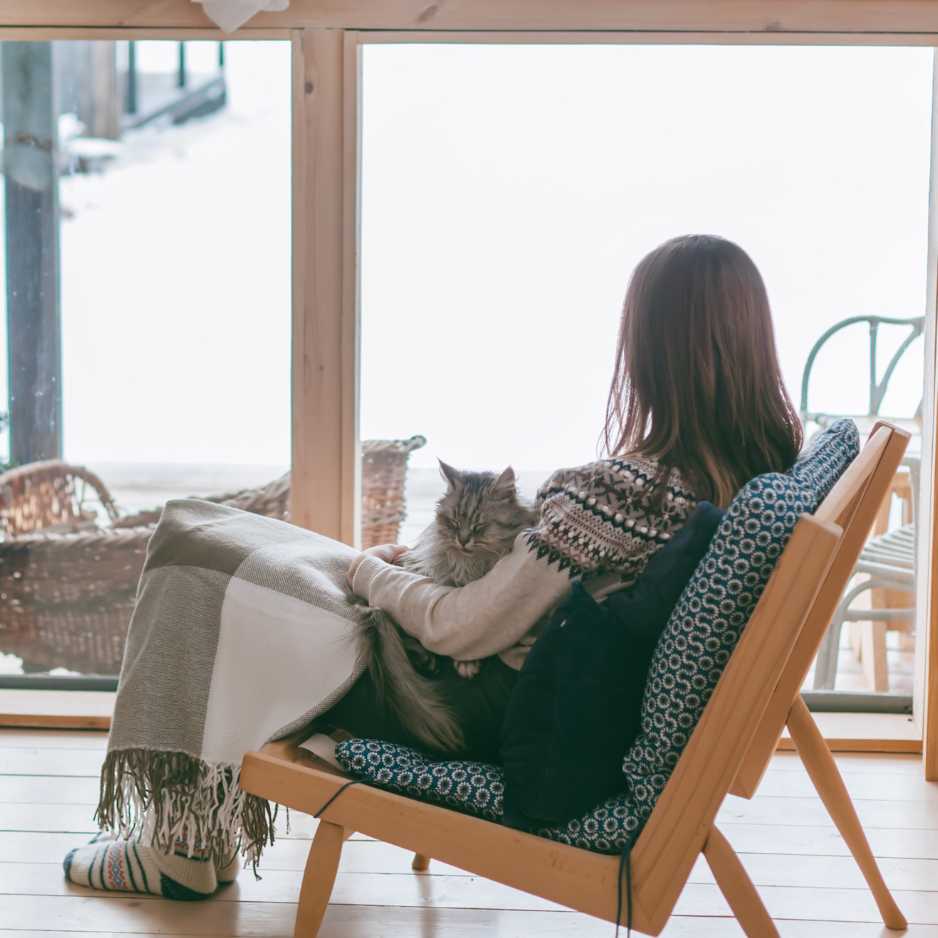
Indoor cats are generally safer from winter’s harshest elements, but they can still experience discomfort from cold drafts and low indoor temperatures. Here are some ways to ensure your cat stays warm:
- Create Cozy Spaces: Make sure your cat has a warm, draft-free area to sleep and relax in. High shelves, cat trees, or plush beds placed in sunny spots are ideal. Cats love warmth, so place their favorite spots near heat sources like radiators (but make sure they can’t get too close).
- Use Heating Pads or Blankets: Heated blankets or pads designed for pets can keep your indoor cat extra warm. Just be sure to follow safety guidelines to avoid overheating.
- Close-Off Cold Rooms: If there are rooms in your home that are particularly cold or drafty, keep the doors closed to prevent your cat from getting chilled.
Nutrition Adjustments for Winter

During winter, cats may require some dietary adjustments to ensure they stay healthy and energized:
- Maintain a Balanced Diet: Even in winter, it’s essential to maintain a healthy diet for your cat. If your cat is less active during colder months, be mindful of portion control to prevent weight gain. For outdoor cats, slightly increasing their food intake can help them maintain body heat.
- Hydration: Cats often drink less water in winter, especially if they prefer to eat wet food. Ensure fresh water is always available. For outdoor cats, make sure their water bowl doesn’t freeze, and consider using heated water bowls.
- High-Calorie Foods for Outdoor Cats: If your cat spends time outdoors in cold weather, they’ll burn more calories to stay warm. Providing high-calorie cat food can help them maintain energy levels and body heat during winter.
Winter Grooming Tips for Cats
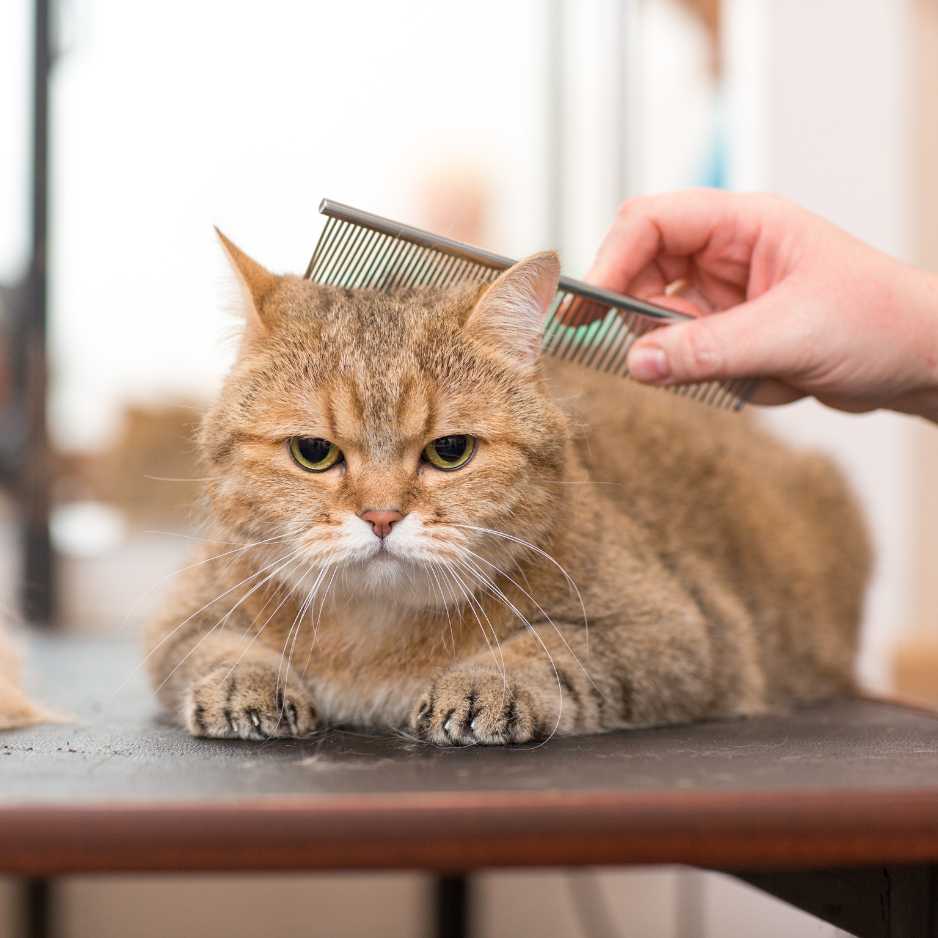
Grooming is still important during winter, but some adjustments are necessary to keep your cat’s coat and skin healthy:
- Brush Regularly: Regular brushing helps remove dead hair and distribute natural oils in your cat’s coat, which is essential for keeping their fur healthy during winter. It also helps prevent matting, which can trap moisture and make your cat feel colder.
- Avoid Overbathing: Too much bathing can dry out your cat’s skin, especially in winter. If your cat needs a bath, make sure they’re thoroughly dried and warmed up immediately afterward.
- Moisturize Paws: Cold weather and dry indoor air can cause your cat’s paw pads to crack. Apply a pet-safe moisturizer to their paws if you notice any signs of dryness or cracking.
Safety Tips for Outdoor Cats in Winter

For outdoor cats, winter presents additional challenges, but with proper precautions, you can keep them safe:
- Limit Outdoor Time: In extreme cold, it’s best to limit your cat’s outdoor time. Encourage your cat to stay indoors or create a warm, safe space outside where they can seek shelter.
- Check for Cats Under Cars: Outdoor cats often seek warmth by hiding under car hoods or near engines. Before starting your car in the winter, bang on the hood to ensure no cats are taking shelter there.
- Salt and Chemical Exposure: Be mindful of salt and antifreeze, both of which are toxic to cats. Salt can irritate your cat’s paws and skin, so wipe their paws when they come indoors. Antifreeze has a sweet taste that can attract cats, but it’s highly toxic even in small amounts. Always clean up spills immediately and store antifreeze securely.
Health Checkups and Preventive Care

Cold weather can exacerbate certain health conditions, especially in senior cats or those with chronic conditions. It’s important to stay on top of your cat’s health with regular checkups:
- Winter Health Checkups: Winter is a good time for a vet visit, especially for older cats or those with existing health problems like arthritis. Cold weather can make joint pain worse, and your vet can offer advice on managing symptoms during the colder months.
- Watch for Signs of Hypothermia or Frostbite: If your outdoor cat seems lethargic, shivers excessively, or appears disoriented, they may be suffering from hypothermia. Frostbite usually affects extremities like ears and paws, turning them pale or blue. If you notice these symptoms, bring your cat indoors and contact a vet immediately.
- Parasite Prevention: Fleas, ticks, and other parasites can still be active in winter. Make sure your cat is up-to-date on flea and tick prevention even during the colder months.
Conclusion
Winter can be a tough season for cats, but with the right precautions, your feline friend can stay safe, warm, and healthy. Whether your cat is an indoor dweller or enjoys outdoor adventures, it’s important to provide extra care during cold weather. From proper winter gear to nutrition and grooming, these tips will help ensure your cat remains comfortable throughout the winter months.
- By staying proactive and vigilant, you’ll create a safe, cozy environment where your cat can thrive, even when the temperatures drop. So, snuggle up with your furry friends and enjoy the season knowing they are well-protected!


